Join the author, Néstor T. Carbonell, as he shares a critical analysis of the Castro-Communist regime
and explores the challenges and opportunities that will likely arise when freedom finally dawns in Cuba.
CHAPTER 7: The Battle of the OAS and the Mongoose Plots (Mid-1961- Early 1962)
He also told Goodwin, “You should not believe that Fidel is a moderate surrounded by a bunch of fanatic and aggressive men, and might conceivably be moved over to the Western side. He is one of us and always has been.”
With that as a preamble, articulated with glacial calmness, Guevara proceeded to convey his core message: “We don’t want a true understanding with the US,” he said, only a “modus vivendi.” The terms he spelled out included: no return of confiscated properties, only payment “in trade”; elections eventually, but with a “one-party system”; close ties with the Soviet Union but no (formal) military alliance; and agreement
to “limit” the activities of the Cuban Revolution in other countries, signaling, however, that its growing “impact” would possibly spawn a socialist revolution in the Americas.
In exchange for this “grand” overture, the Castro regime expected from the United States a free flow of goods, services, and credits to Cuba (i.e., no economic embargo) and an undertaking to stop any attempt to overthrow the Cuban government.
Goodwin told Guevara that he had no authority to negotiate with him, but upon his return to Washington he recommended to the president to “seek some way of continuing the belowground dialogue which Che had begun. We can thus make it clear that we want to help Cuba and would help Cuba if it would sever Communist ties and begin democratization.”
It seems that Goodwin didn’t quite get Guevara’s message, perhaps because it wasn’t as explicit as the one he conveyed to the president of Argentina, Arturo Frondizi, on August 18, immediately after the Goodwin parley.
Frondizi was one of the “doves” in Latin America who advocated a rapprochement with the Castro regime and who opposed any attempt to isolate Cuba. He thus decided to have a secret meeting with Guevara, Argentina’s bete noire. Without revealing to his military aide the name of the mysterious individual he was supposed to greet at the airport, the president said, “You will see someone descend from the plane who you are going to recognize. Escort him to your car and bring him to Olivos [the presidential residence]. That man must talk to no one.”
Needless to say, despite all these precautions, the ultrasecret meeting soon became public, to Frondizi’s regret.
According to the record of Frondizi’s mediation efforts, the Argentine president met with the guerrilla leader for more than an hour. During their amicable conversation over a succulent bife lunch, Frondizi informed Guevara that he was advocating a comprehensive understanding between Latin America and the United States without excluding or isolating Cuba. And he stressed that only through social, economic, and cultural development, and not through violence, could Latin America resolve its problems.
Guevara, without raising his voice or gesticulating, drew an “explosive” picture of Latin America and predicted that it would soon become “another Vietnam.” Only through “armed struggle,” he postulated, “could the countries in this hemisphere liberate themselves from imperialistic influence.” While Cuba wished to remain within the Inter-American System, he reiterated that small and poor countries could not eschew the “path of violence.” (Such was the harmonious modus vivendi that Guevara and the Castro brothers had in mind.)
Following his meeting with Frondizi, Guevara left for Brazil, where he was solemnly decorated by President Janio Quadros. When the guerrilla maverick arrived in Havana, he declared, beaming with joy, that with the support of leading Latin American governments, efforts to isolate the Cuban regime would be quashed.
Turmoil in the Exile
Community, and Reign of
Terror in Cuba
Guevara’s triumphal Latin American tour, hyped by the media, enraged the Cuban exiles in Miami and heaped further strain on the embattled president of the Revolutionary Council, Miró-Cardona. His prestige had been severely tarnished by the Bay of Pigs tragedy, and five months later he couldn’t really show that Washington was earnestly supporting the liberation of Cuba beyond empty promises and best wishes. The only thing that appeared to be on Kennedy’s agenda was the Alliance for Progress, which most exiles dismissed as a delusion or a distraction.
Meanwhile in Cuba, Castro was tightening the screws on the captive population. Executions of opponents continued apace. These included Catholic students and young graduates—vanguard of the harassed resistance movement—who bravely defied the firing squads with a stirring cry: “Viva Cuba Libre. Viva Cristo Rey!”
By the end of 1960 and early 1961, all independent newspapers had been closed, and all radio and television stations were under state control. The government took over private schools and universities, and Raul Castro became the chief of the purged armed forces. On the political front, steps were taken to integrate the revolutionary organizations, paving the way for a one-party (Communist) state under Fidel Castro’s omnipotent rule. To intensify surveillance and strengthen its totalitarian grip, the regime created the Committees for the Defense of the Revolution (CDRs), which monitored the movement of individuals in virtually every block.
Against this background, Miró-Cardona felt compelled to raise troubling issues in Washington without holding back his grievances and concerns. At a meeting held at the White House with Richard Goodwin and Robert Woodward, assistant secretary of state for Latin America, he complained that the CIA made his task of enlarging the Council very difficult, if not impossible, by financing behind his back groups of Cuban exiles who wished to pursue a competing or independent course. That only weakened the resistance to the Castro regime.
Miró-Cardona also referred to the Cubans who, at his behest, were joining the US Army. “The question in his mind was whether he was simply encouraging them to become professional soldiers or whether they were equipping themselves for an invasion of Cuba.” Miró-Cardona recognized that a US unilateral invasion of the island was likely out of the question, but he needed to be reassured that the Cubans were being recruited into the US Army for an eventual joint action with other compatriots and friendly nations to overthrow the Castro-Communist regime.
At the end of the meeting, not having received a satisfactory response to his issues and concerns, he told Goodwin and Woodward that he would retire to Baltimore for a couple of days to reflect on the course of action he would likely take.
Miró-Cardona, son of a hero of Cuba’s war of independence against Spain and father of a Bay of Pigs combatant who was taken prisoner, was a man of honor. Mild-mannered and professorial in his comportment,
he tried to skirt futile controversies and seek honorable compromises. Within the exile community, he was criticized, however, for lack of decisiveness and a proneness to wishful thinking. His boundless patience was attributed by some to a deficit of leadership steel. But now that patience had reached the limit of his endurance. Even his health was at risk. His shortness of breath and the deep rings under his bloodshot eyes worried his doctors.
Having thought long and hard about his predicament, Miró-Cardona tendered his resignation as president of the Cuban Revolutionary Council on September 11, but he averred that he would continue the struggle as an adviser and foot soldier of the resistance movement. That same day, he wrote a letter to President Kennedy to apprise him of his decision. With due respect and aplomb, he referred to the issues that prompted his resignation, thanked the president for his courtesies, and urged him to support the liberation of Cuba.
The president, surmising the implications—and embarrassment— of losing the only Cuban exile leader semiofficially recognized by the White House, sent Miró-Cardona this letter dated September 14:
Dear Dr. Miro-Cardona:
I write to express my confidence in your leadership of the Cuban Revolutionary Council. The United States Government deeply admires the distinguished service you have already rendered to the cause of a free Cuba; and I hope you will continue to lead this fight until your country is liberated from the tyranny which has been imposed on it. I am sure that any problem arising from your relationship with the United States can be worked out in the spirit of mutual cooperation and common aspirations which lie behind all our efforts.
Sincerely,
John F. Kennedy
Following the president’s instructions, an agreement was reached with Miro-Cardona to bolster his leadership position, increase the funds allocated to the Cuban Revolutionary Council for propaganda and underground activities, and keep him abreast of any US support provided to anti-Castro groups not connected with the Council. A CIA officer was assigned to Miró-Cardona, and the door was left open for such meetings with the president as may be urgently required to further the cause.
Having made meaningful progress to strengthen the alliance, albeit without an explicit US commitment of military action against the Castro regime, the exile leader withdrew his resignation and resumed his post.
The Battle of the OAS (September 1961-January 1962)
The Miró-Cardona crisis had been averted, but another, bigger challenge lay ahead for the Cuban Revolutionary Council. It seemed to the exile chiefs that unless the Organization of American States (OAS) condemned and ostracized the Castro regime, the White House would not seriously consider any military action in Cuba (beyond contingency planning). But standing in the way of OAS sanctions were the appeasers of Latin America—primarily the leaders of Argentina, Brazil, Chile, and Mexico—who, out of sympathy for the Cuban Revolution or fear, wanted to accommodate Castro.
The leader of the appeasers or conciliators, as they preferred to be called, was the president of Argentina, Arturo Frondizi, who, even after listening to Che Guevara’s ode to violence in this hemisphere, felt that a deal could be worked out with the Cuban regime. This was implied by Frondizi during his September 26 meeting with Kennedy in New York City. The Argentine president opposed any new attempt to overthrow the Castro regime and was not keen about sanctioning or isolating Cuba. He emphasized “that the solution to the problem must be found within the framework of the OAS” (Cuba included). From his perspective, the priority was to proceed vigorously with the Alliance for Progress and postpone any OAS Meeting of Consultation to address the Cuban situation.
Although Kennedy voiced the need to isolate Cuba, he reiterated that “any action taken by the United States had to have the support of Argentina. So, in essence, the president granted a veto power to Frondizi and his gang of appeasers to block any effective OAS action against the Castro regime.
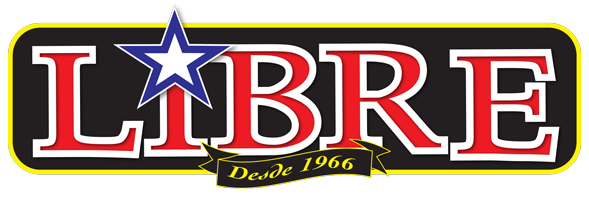
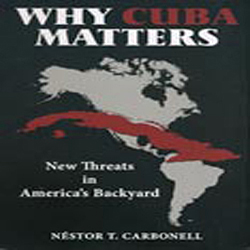

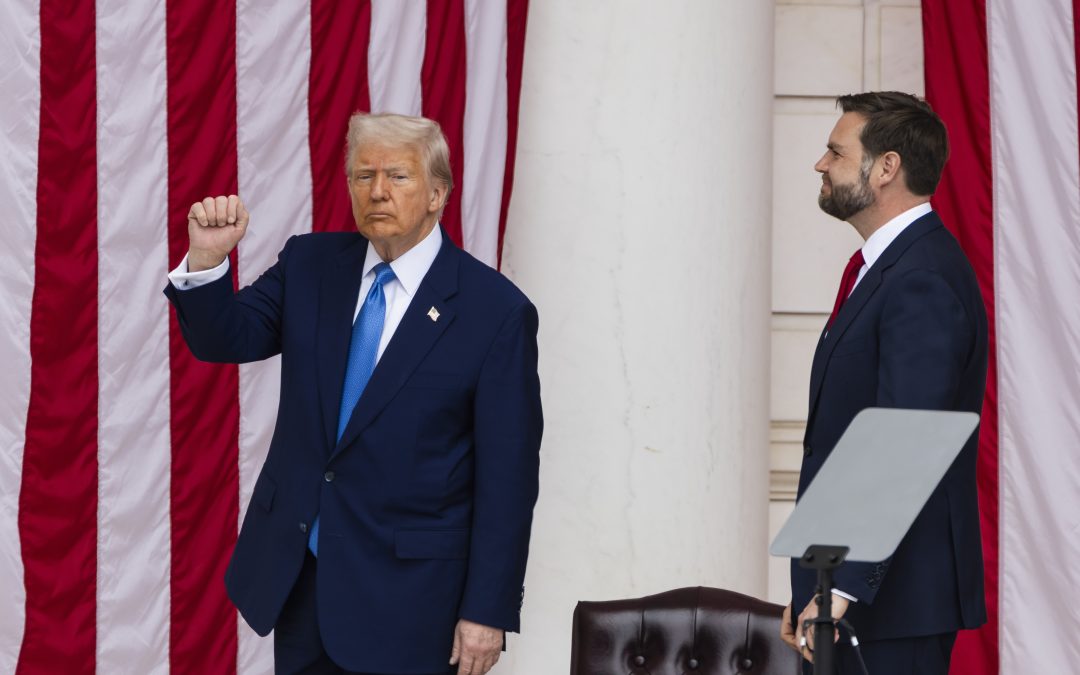
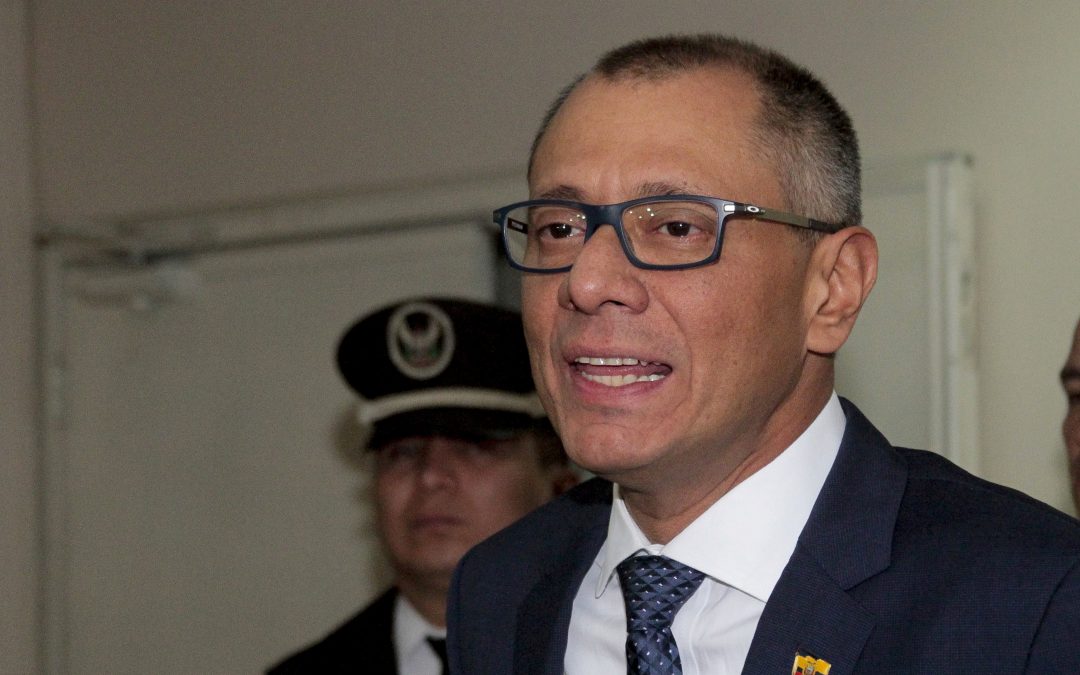
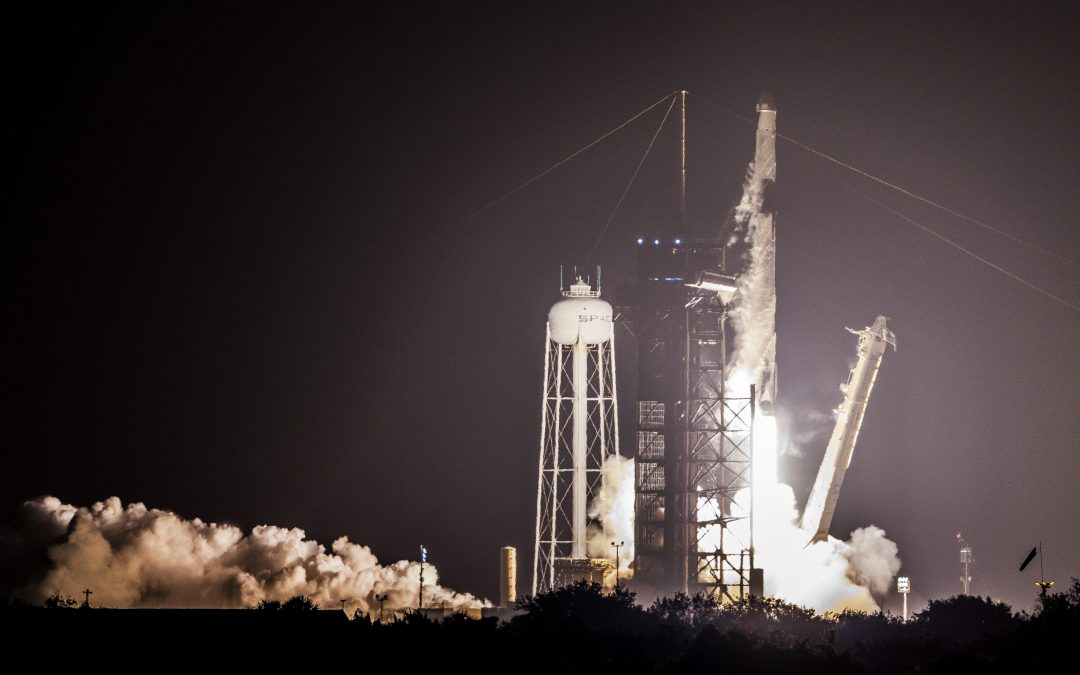
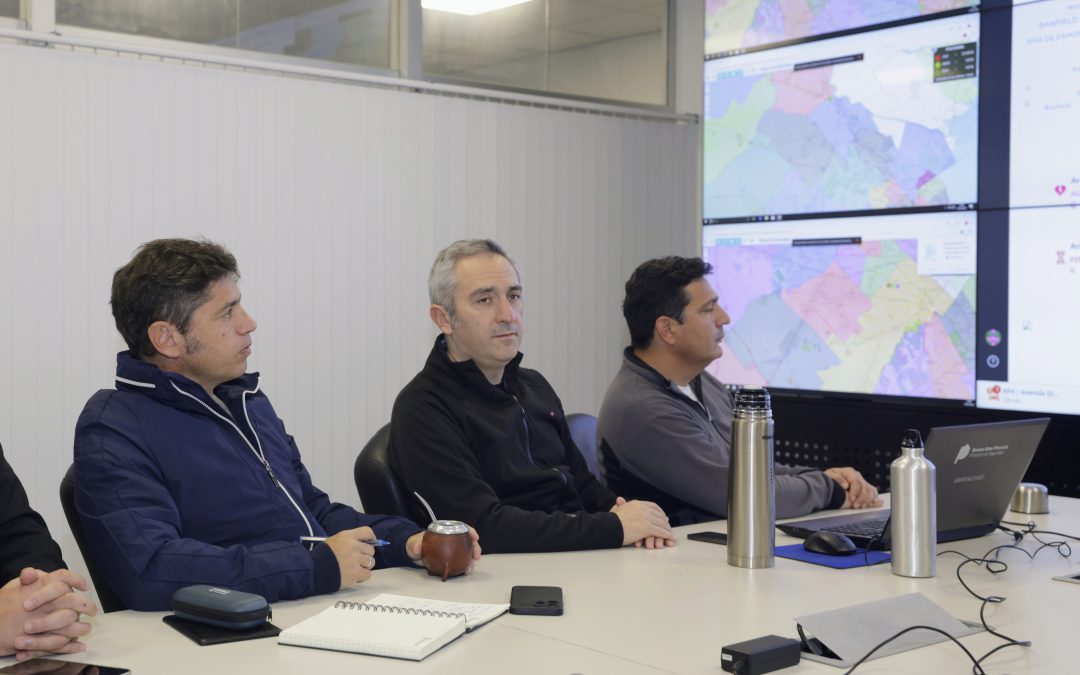

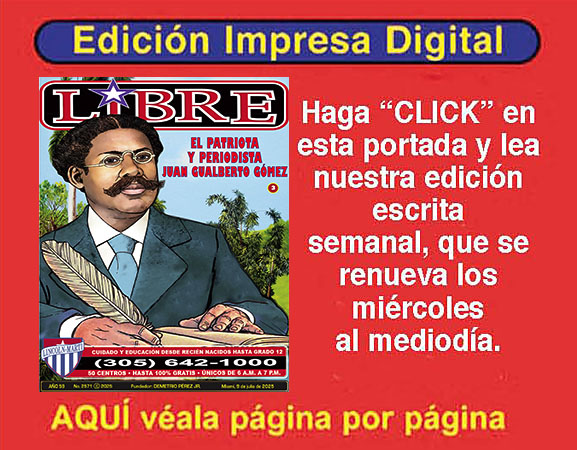

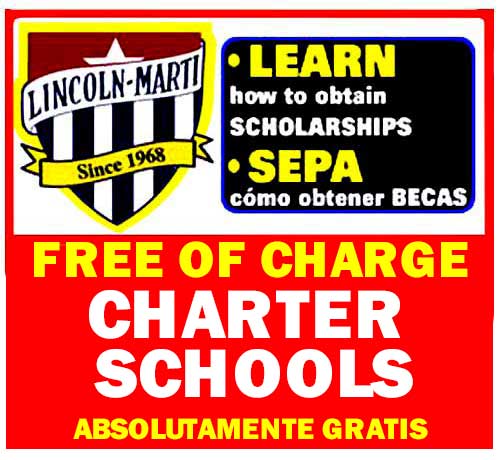
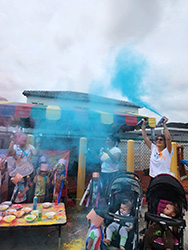
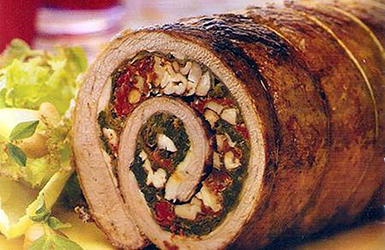
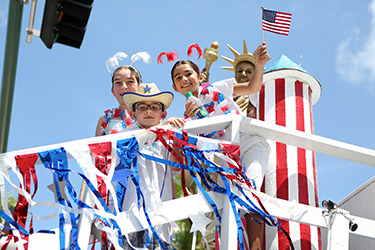
0 comentarios